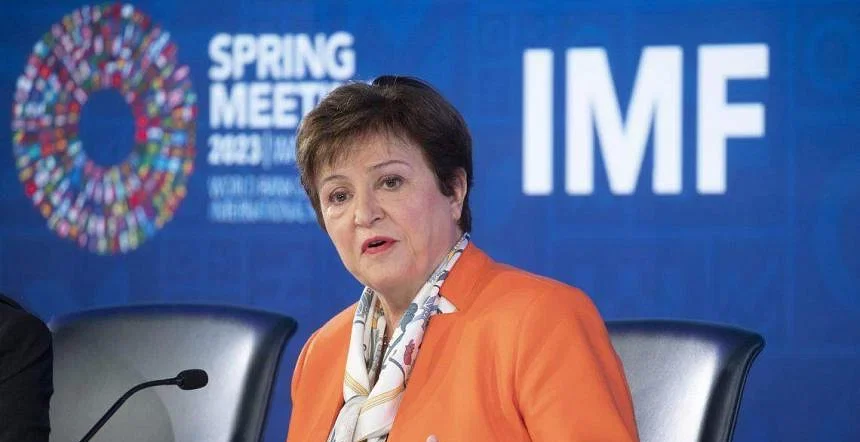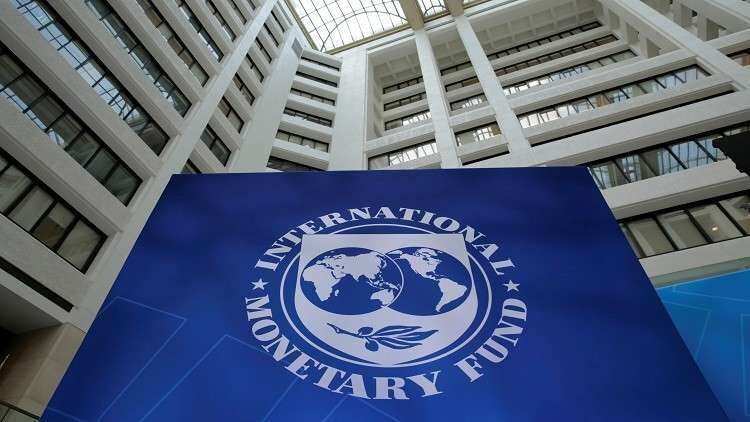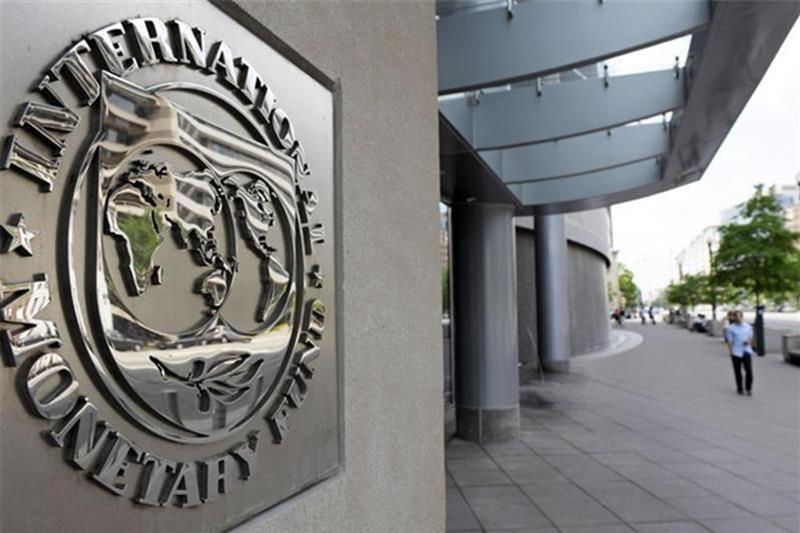The International Monetary Fund (IMF) has reaffirmed its forecast for Egypt’s real Gross Domestic Product (GDP) growth in the current fiscal year 2023/2024, ending on June 30, at 3%, with a projected recovery to 4.4% in the following fiscal year.
However, these projections hinge on Egypt fulfilling its obligations under the IMF loan program agreement, which targets addressing imbalances in the public budget and monetary and fiscal policies. This includes transitioning to a flexible exchange rate system to enable Egypt’s economy to adapt more effectively to external shocks, facilitating exports for Egyptian businesses, and promoting increased investment.
Loan boost
Recently, the IMF has taken steps to bolster the Egyptian economy, which has faced significant economic challenges for over two years. The IMF has increased the Extended Fund Facility (EFF) loan from $3 billion to $8 billion until 2026. Additionally, it has conducted the first and second reviews of the program, with the third review expected to be finalized by the end of June. Moving forward, the IMF plans to conduct reviews every six months, unlocking approximately $1.3 billion with each review.
The decision was prompted by the significant ramifications of the escalating tensions in the MENA region, particularly the escalation in the Red Sea. These funds are intended to alleviate Egypt’s severe US dollar shortage, which intensified since March 2022 amid the Russian-Ukrainian war and was further exacerbated by the conflict in Gaza due to its immediate proximity to Egypt.
Egypt’s financing needs
Egypt’s financing needs until the end of the current fiscal year, FY2023/2024, are estimated at $4 billion, according to data released by the Ministry of Finance. Goldman Sachs anticipates that this new financing will suffice for Egypt’s financial requirements over the next four years, totaling around $25 billion, primarily attributed to the completion of the IMF deal.
Kristalina Georgieva, Managing Director of the IMF, highlighted Egypt’s significant macroeconomic challenges, exacerbated by spillovers from the recent conflict in Gaza and Israel, along with disruptions in the Red Sea impacting Suez Canal receipts—an essential source of foreign exchange inflows and fiscal revenue.
As a result, additional financing has been unlocked from various international financial institutions (IFIs), ensuring coverage for Egypt’s needs for at least the next five years.
Following the IMF’s expansion of the deal and ahead of the completion of reviews, Egypt secured financing packages from several major international financial institutions (IFIs), including the EU (over $8 billion) and the World Bank ($6 billion over three years). Additionally, Egypt received $15 billion from the Ras El-Hekma development deal signed with the UAE in February, out of a total of $24 billion. The remaining funds will be released in tranches until May.
Regarding the Ras El-Hekma deal, the IMF disclosed that Egyptian authorities have committed to utilizing a significant portion of the new financing to bolster reserves, expedite the clearance of foreign currency backlogs and arrears, and reduce government debt. This initiative aims to replenish the country’s international net reserves (NIR), alleviate inflationary pressures, and facilitate a downward trajectory of government debt, with a target to reach below 80% by 2026.
As of the end of March, Egypt’s NIRs surged to over $40 billion, marking the highest level in over two years, following severe depletion caused by the Ukraine war repercussions and tensions in Gaza.
Curbing inflation
On March 6, the Central Bank of Egypt (CBE) implemented a historic 6% (600 bps) increase in key interest rates and allowed the local currency rate to be determined by market supply and demand. This move aims to combat the parallel currency market, maintain market price stability, and curb inflation. Subsequently, the US dollar rate appreciated by over 60% against the Egyptian pound. Egypt’s annual urban inflation cooled to 33.3% in March,down from 35.7% in February on the back of a softer increase in food prices as traders price in a lower exchange rate, according to figures from state statistics agency CAPMAS.
The IMF anticipates Egypt’s inflation to maintain its upward trajectory in the short term, peaking at 25% in the upcoming FY2024/2025 and gradually declining to approximately 15.25% by the end of the fiscal year.
Key elements of the loan program include tightening both monetary and fiscal policies, notably by constraining off-budget capital expenditures to mitigate inflationary pressures and ensure debt sustainability. Additionally, the program aims to promote parity between the public and private sectors. Efforts to reduce the state’s involvement and enhance the private sector’s role in economic growth are pivotal aspects of the program.
“Achieving these goals is subject to risks. Externally, uncertainty remains high. Domestically, sustaining the shift to a liberalized foreign exchange system, maintaining tight monetary and fiscal policies, and integrating transparently off-budget investment into macroeconomic policy decision-making will be critical. Managing the resumption of capital inflows prudently will be important to contain inflationary pressures and limit the risk of future external pressures,” said Georgieva.







